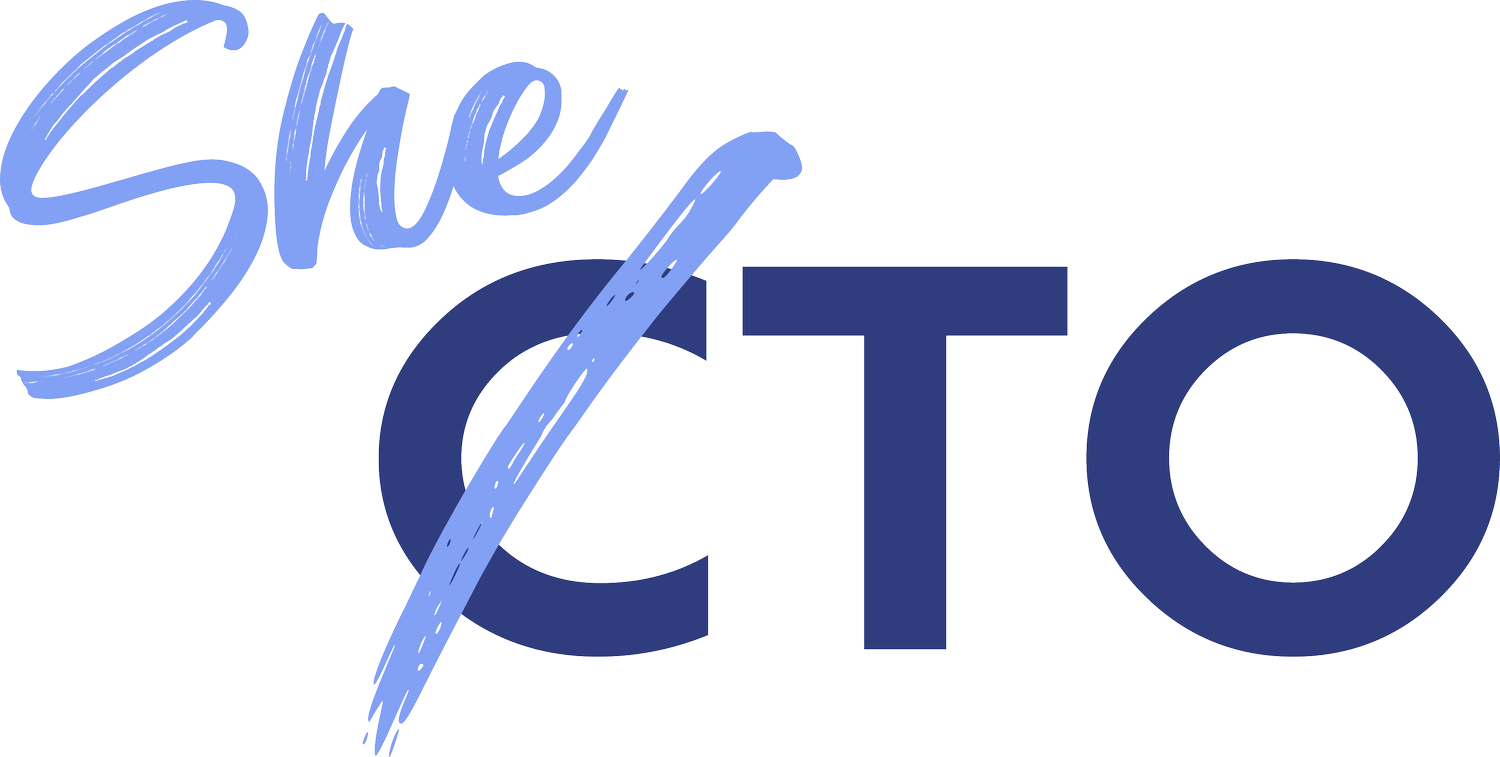VPs of Engineering Should Know These 6 Ps
Summary
Advice for VPs of Engineering (VPE) overseeing entire engineering departments is broad and crucial. This blog, inspired by a discussion in the SheTO Slack community, offers guidance on navigating the 6 Ps - Principles, Products, Platforms, People, Projects, and Processes - designed to empower engineering leaders in effectively leading their organizations. Each of the 6Ps will be explored throughout the blog. Learn more about SheTO and the author at the end of this blog.
The Advice
Introducing the 6 Ps
Listicles make things easy to remember. And alliterations are nice.
Years ago, Nidhi Gupta, CEO and Founder of SheTO, came up with the 5P Framework, and this is referenced in the accelerators hosted by SheTO.
Nidhi’s Five Ps are: Products, Platforms, People, Projects, Processes. These are used to onboard, offboard, assess an org, set goals, and lead the org effectively keeping continuous improvement in mind. The author (Boomie Odumade) would like to add one more - Principles.
Read on to learn about the Six Ps discussed in this blog, which in order are: Principles, Products, Platforms, People, Projects, Processes.
More About Principles
Principles are truths or aspirations, the Northstar that guides the goals, mission, vision, and values. They are defined at the company level, either explicitly or implicitly. These company principles form the foundation upon which the company operates, and therefore affect how a leader will approach the rest of the Ps.
Some factors to consider regarding Principles include:
VPE Leadership: All leaders, including the VPE, should ensure they maintain alignment within their teams, across teams, and with their superiors. There are various books and articles about leadership, including Your first 90 days as CTO or VPE by Will Larson and Resilient Management by Lara Hogan.
Engineering Goals, Mission, Vision, Values: It is beneficial for the Engineering department to consider having goals, mission, vision, or values that clarify how it works internally, and in support of the company’s objectives. These then provide input into defining the engineering culture, determining effective engineering processes, determining department success and maybe individual success, and more.
Engineering Strategy: It is helpful to document an Engineering Strategy. There are multiple books and articles on this including Writing an Engineering Strategy by Will Larson, Learning From a Strategy Project by Anna Shipman, a series on Engineering Strategy by Pat Cullen, and others.
Using the Right Approach: In the popular book The First 90 Days by Michael B Watkins, the author recommends using the STARS model to figure out what stage the company is in (Start-up, Turnaround, Accelerated Growth, Realignment, Sustaining Success) and understanding the challenges and opportunities that come from that stage, then proceeding accordingly. Lara Hogan also has a blog about the First 30 Days and 30-60 Days. Even for those not new to their roles, these resources might be helpful.
A VP of Engineering should expand upon the company principles to generate department principles as the foundation for the engineering department, to ensure execution leads to success.
Additionally, these principles will influence how the other Ps are handled within Engineering.
More about Products
The goal of any business, even non-profit companies, is to produce products and services and make money. So, the company's overall product strategy, product vision, and product objectives are important.
Some factors to consider regarding Products include:
Product Centricity: How well is the team aligned with and delivering on product goals?
Time to Market: How quickly can the team ship new features and products?
Speed and Quality: What is the team’s velocity and ability to maintain high code quality?
User Experience: How much focus is placed on creating exceptional user experiences?
The organization ideally has at least one Product leader who is responsible for translating stakeholder requirements to the org.
The VPE should partner effectively with the Product leader(s), and determine how the Engineering Department partners with Product. In some organizations, this is as formal as making sure sub-teams have a product leader, an engineering leader, and maybe leaders from other departments such as design. In other organizations this is less formal. Regardless of the makeup, it is important that product and engineering are communicating well, and rowing in the same direction.
More about Platforms
Platforms consist of the tech stack, tools, infrastructure are the foundation upon which other engineering deliverables are built upon. Platforms can sometimes be ignored or considered an afterthought, which can lead to having to revisit the foundation of a house after it’s built.
Some factors to consider regarding Platforms include:
How platforms support both current and future needs of the Engineering department and therefore the company at large.
Platform features such as automation, observability, scalability, security, developer/engineer productivity, and more.
There are many articles written about platforms including De-mystifying Platform Product and Engineering by Madhuri Dhulipala.
The VPE should ensure that platforms are considered early and properly balance both current and future needs.
More about People
Even in the age of Artificial Intelligence, a company needs people.
Some of the concepts that go into People include:
Org Design: Should the teams be vertical or horizontal or matrix? How many layers of leadership are needed? How are communication paths between teams? And more. There are various books and articles regarding this including the book Team Topologies by Matthew Skelton and Manuel Pais and the article Sizing Engineering Teams by Will Larson.
Engineering Culture: Culture consists of the conditions under which the people work, whether it is written or implicitly implied. Culture can affect productivity, performance, retention, which affects the bottom line. For leaders who care (the right amount) about people, it can also affect employee morale and motivation. Once a leader decides what type of culture the department should have, there are vast book, articles, and webinars on the topic.
How Hands-on is Leadership: Arguably, the key for a VPE in an org is Engineering Strategy and Leadership, including technology strategy, and including leading direct reports whether those are individual contributors or other leaders. However, in some companies, leaders also write code. A conscious decision should be made for how hands-on the VPE will be and whether this is temporary or permanent. That decision will then influence other decisions.
Scaling Orgs: At some point, scaling the team may be needed. There are multiple articles on the subject including 8 principles for effectively scaling engineering teams by Lakshmi Baskaran.
The VPE should have an effective organizational design, decide on and implement the desired engineering culture, and consider how to scale if and when that time comes.
More about Projects
Project Management is a very broad topic, and is the full time job of some individuals (e.g. Project Managers, Scrum Leaders, Technical Project Managers, etc). There are multiple books and articles on these concepts.
Some concepts to keep in mind regarding Projects includes:
Roadmaps: Ideally there should be a company roadmap that the Engineering department can build an Engineering Roadmap, and confirm alignment. If there is not, the Engineering department should still have a roadmap so the teams can ensure they’re working on the highest priority items.
Deliverables: How are deliverables managed, especially those intended for the public.
Metrics: Will metrics be used, which ones, and in what capacities. Some examples are OKRs, KPIs, DORA, SPACE, etc.
If there is a Project Management individual or team, the VPE should partner effectively with them. If there is not, this might fall to the VPE or someone they delegate to. In all cases the VPE should ensure that roadmaps are clear and current, metrics are helpful, and deliverables are properly managed.
More about Processes
Processes. We need them but we do not want to overdo them either, so it is important to have effective processes that are right-sized for the organization and the goals.
Engineering processes include but are not limited to:
Rituals such as agile processes.
Employee processes such as hiring, onboarding, feedback, performance reviews, etc.
DevOps/DevSecOps and CI/CD processes that deliver code, from planning to code review to testing to deployment and other phases in between.
Handling bugs and incidents.
Additionally, it’s important to measure engineering effectiveness in a productive way and use the learnings to improve engineering efficiency.
For example, Lakshmi Baskaran (of the scaling article) assesses the team state as one of the following and then proceeds accordingly:
Falling Behind: Unable to complete sprint and quarterly goals.
Treading Water: Catching up, but not making significant progress.
Repaying Debt: Able to deliver new features while addressing technical debt.
High Performing: Consistently shipping new features, innovating, and managing debt.
The VPE should ensure that the proper processes are in place to move the department forward, and should have a way to assess the team and leverage any insights for continuous improvement.
A Note About Startups and Scale-Ups
There is a saying that “A startup that is not growing is a startup that is dying.” These early-stage companies face the imperative to achieve product-market fit swiftly and efficiently, often with limited resources and ideally without overburdening their teams.
For VPs of Engineering in these environments, the ability to deliver results promptly and sustainably is paramount. It's crucial to assess the team's current capabilities swiftly upon assuming the role. Developing a strategic plan to effectively scale or maintain team efficiency becomes a critical priority.
Understanding these dynamics is essential for aspiring and current VPEs to navigate the unique challenges and opportunities presented by startups and scale-ups.
Conclusion
The 6 Ps framework - Principles, Products, Platforms, People, Projects, and Processes - equips VPEs with essential tools to build, assess, and continuously improve their organizations across the entire lifecycle. Each section of this blog offers valuable insights to help you delve deeper into optimizing your engineering operations.
If you’re interviewing for a VPE role, you’ll need to figure out how to summarize this into an interview question or an interview presentation. SheTO has a blog https://www.sheto.org/blog/interviewing-for-a-vp-engineering-role for that too.
About SheTO
From https://sheto.org, “The SheTO community is exclusively built for women and non-binary engineering leaders, with the goal of accelerating their careers. Our community includes hundreds of incredible engineering leaders all across the tech industry. With 50% of our members in the C-suite, the variety of experiences and perspectives they offer to uplift others is remarkable. We learn from each other by sharing valuable experiences and lessons learned. By vetting every single member, SheTO aims to create a safe space for you to support, learn, grow, and thrive on your journey.”
If you are a womxn (not a typo) engineering leader, join SheTO at https://www.sheto.org/join.
About The Author
My nickname is Boomie. In 2022 when I was seeking my next opportunity, multiple people asked why I was not open to VPE roles. I conducted informational interviews of those who were in the role, or had left the role. Almost all of the first dozen interviews were with men. So, I reached out to women on LinkedIn, asking if I could interview them. The first woman mentioned SheTO and I’ve been an active member and ambassador since then. As of March 2024, in my role as Sr Director of Engineering, I’m the highest-level tech leadership for a small company, leading all of a cross-functional Engineering Department. I’ve used, and am using, a lot of the concepts from this blog.








